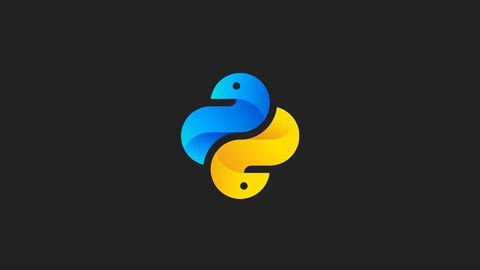Last Updated on March 13, 2023 by GeeksGod
Learn Python Programming for Research by Doing!
Are you looking for an efficient and unlimited tool for processing data, performing statistics, and creating graphs in scientific research? Look no further than this tutorial, where you will learn Python programming for research through real examples from different fields.
As an Assistant Professor of Remote Sensing and GBD Collaborator at Soran University and the University of Washington, respectively, with over 10 years of experience in Python and R programming, Java Script, Big Data, Remote Sensing/GIS, Earth Observation, and Climate, I am excited to share my knowledge with you. With a Ph.D. in Geography (Remote Sensing) from the University of Leicester and about 30 peer-reviewed papers published, I have the expertise to help you learn.
Through this course, you will master the manipulation, import, and export of data, descriptive statistics, relationships, multi-correlation, ANOVA, and t-test using Python for scientific research. You will also become proficient in creating basic, advanced, and animated graphs using Python codes.
Not only will you become a skilled practitioner, but you will also have the opportunity to use your creativity in data processing, statistics, and graph creation in scientific research. Unlike software such as SPSS and Excel, programming-based tools like Python offer unlimited possibilities.
With each video, you will learn valuable concepts that you can apply right away in your research. By the end of the course, you will be able to use jupyter notebook for scientific research and create custom Python scripts to perform complex research tasks.
Take the first step towards improving your research by enrolling in this tutorial today.
Sincerely,
Assist. Prof. Azad Rasul














